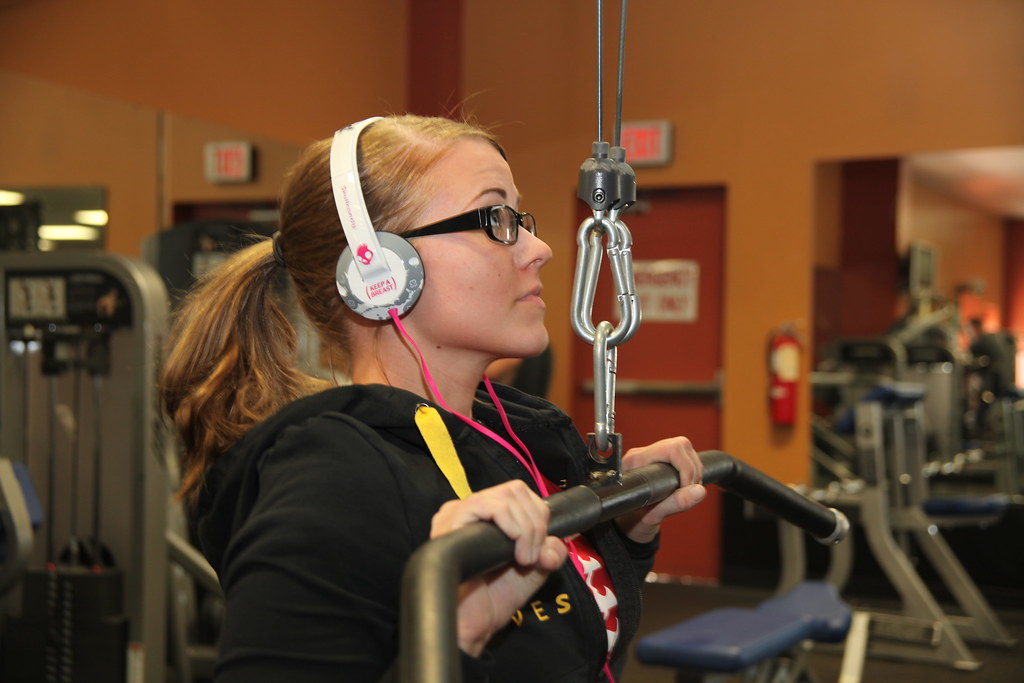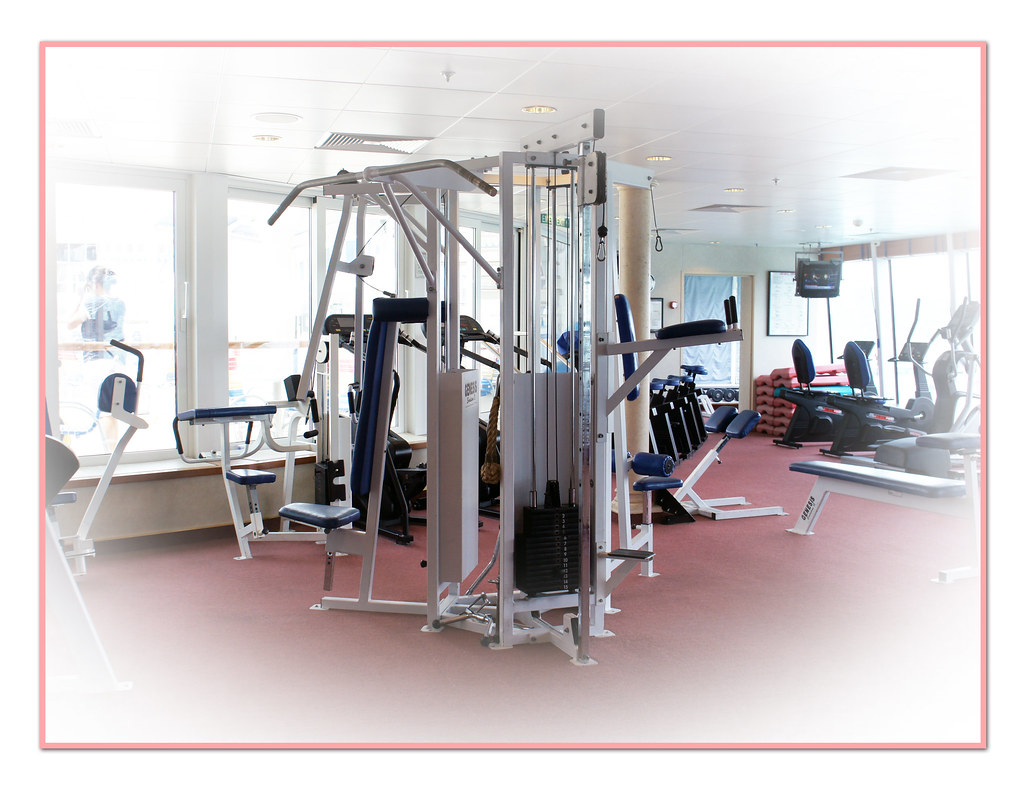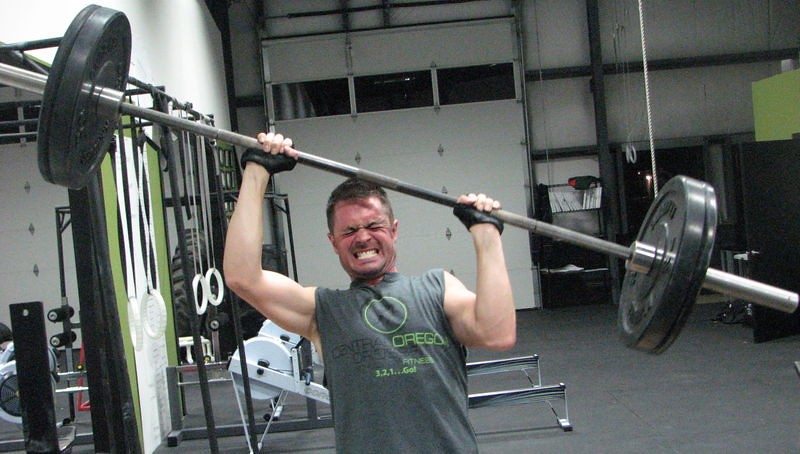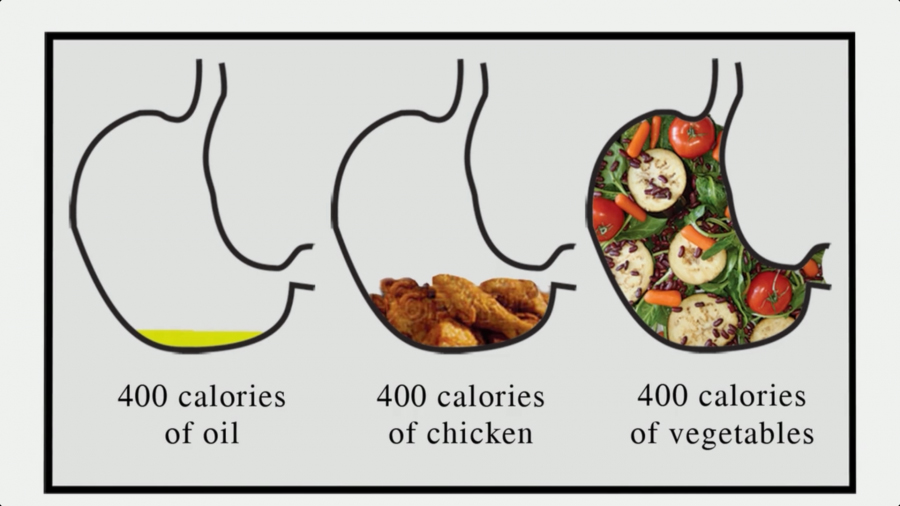The foods I'm including here are foods that have always been a core facet in my meal plans or consistently find themselves being part of my meal plan. These are foods that you should heavily consider making consistent players on your meal plan team when shopping at the supermarket.
Foods to look for
Protein
Chicken Breast / Meat Source
- I group chicken breast different from "other meat sources" like beef, turkey, fish, etc because it's usually THE meat source when talking about bodybuilding. It's not specifically eaten during a bulk or specifically eaten during a cut. It's your standard protein meat source. But other sources like turkey, beef, fish, etc, are also good to have. I understand that things might be different if you're a vegeatarian (and other sources like bens and / or tofu should be considered), but it's always good to constantly have your fridge stocked with your main whole food meat source of protein. Buy it in bulk, and cook it in bulk so that you don't have to cook every single day.
 |
| Source: Flickr.com. User: megan.chromik. No changes made. |
Egg Whites
- I eat a lot of egg whites every day. Buy the cartons. If you want to crack and separate the amount of eggs you'll need to adequately meet your protein needs, then go nuts. Personally though, I like having a fridge stocked with a bunch of egg white cartons I can just open up, pour into a container, and microwave. In my opinion, any aspiring bodybuilder should not have a fridge without these in them. They're cheap, efficient, and macro / calorie friendly.
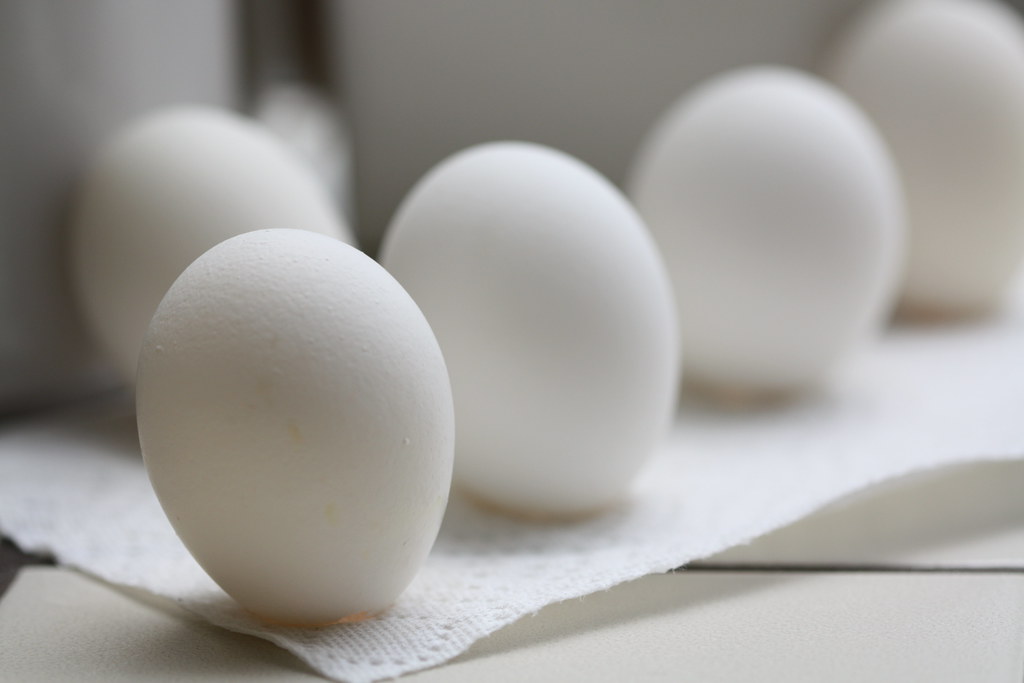 |
| Source: Flickr.com. User: John Morgan. No changes made. |
Milk
- I understand that there are differing opinions on milk in a bodybuilder's diet. Personally, I always keep a gallon of skim milk stocked in my fridge because I enjoy drinking it in my smoothies and before I go to bed. It's liquid protein with some carbs added on the side if you're having trouble hitting that macronutrient. It's fairly inexpensive for the amount of you get, and it's loaded with beneficial nutrients for someone looking to bodybuild. Keep that moo-juice on tap!
 |
| Source: http://upload.wikimedia.org/wikipedia/commons/0/0e/Milk_glass.jpg |
Cottage Cheese
- Many of you just went "ewww!" when you saw this. And honestly, the first day I ate cottage cheese my mind did a nice big "NOPE" and I questioned if this stuff was even edible. But then I looked at the nutrition facts and found out there was like 20 grams of protein in half a cup in only 80 calories (fat free cottage cheese. Nutrition facts based on memory...so I could be wrong or off by a little), and realized that this was just going to be a fact of life for me. I add peanut butter to mine, but honestly after eating it for so long I've developed a taste for it and could eat it raw. I think you should always have a tub of this stuff on hand, but a lot of people can't stomach it. If that's the case, you have to ask yourself if taste or your body aesthetic is more important to you. Cottage cheese can also help you meet your carbohydrate needs.
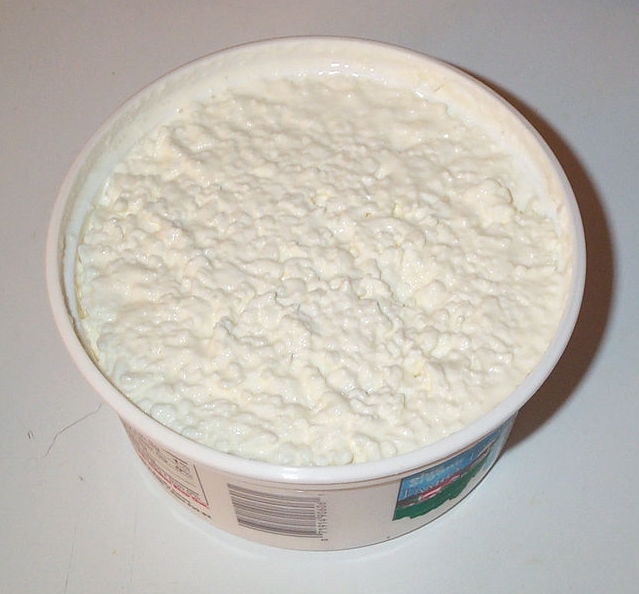 |
| Source: http://upload.wikimedia.org/wikipedia/commons/a/a1/Cottage_Cheese.jpg |
Whey Protein
- You probably can't find this in your supermarket, but it's still important to note it here. The fitness industry does a great job making you think you need whey protein. But you don't. However, I always make sure I have it stocked in my apartment. It's super efficient, it has an amino acid profile that's near impossible to beat, and actually is one of the most inexpensive forms of protein per serving. Some supermarkets DO sell it, but maybe not in the same quality as in say a specialty store. Just make sure you're getting pure whey protein isolate.
 |
| Source: http://farm6.staticflickr.com/5164/5373438313_8edbe88110_z.jpg |
Carbs
Brown Rice
- I think this is the only carb source that I'm going to put down. But only because I'm talking about foods that you NEED to have stocked. There are certainly other carb sources you can consider like pastas, potatoes, breads, and rice cakes for example.
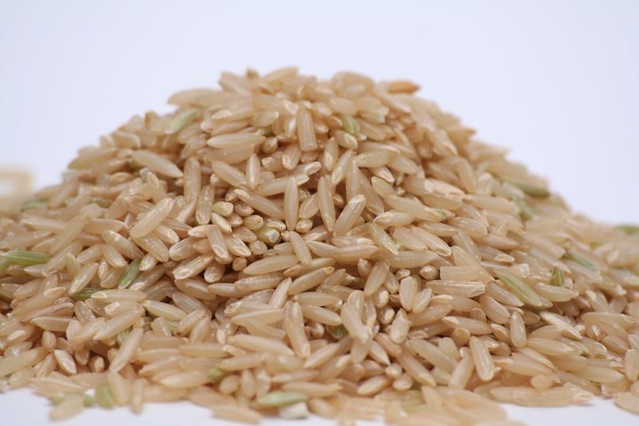 |
| Source: Flickr.com. User: Rob and Dani. No modifications made. |
- I always have a pack of microwavable whole brown rice in my freezer for when I'm carbing up. Each bag contains about two cups of brown rice and is a very VERY helpful tool in helping you on your bodybuilding / fitness journey. It's a staple food in many bodybuilders' diets and something you should always stock up on when you visit your local grocery store.
Fats
Olive Oil
- Every time I'm cooking a protein source, I'm using olive oil. It's a very important fat source to have on deck and is very helpful in hitting your macro goals for fats. Remember that with this and ALL fat sources, a little goes a long way calorically.
 |
| Source: Flickr.com. User: Maya83. No changes made. |
Peanut Butter
- Much like milk, peanut butter and other nut butters are very controversial when it comes to the opinions of bodybuilders and whether or not to incorporate them into your diet. A serving the size of your thumbnail can literally start skyrocketing your calories and wreak havoc on your macros. Use sparingly, and be smart with your serving sizes. I keep a jar on handy but don't always eat peanut butter. If you get yourself some, make sure you get the all natural kind where the ingredients are practically just peanuts + very few other ingredients.
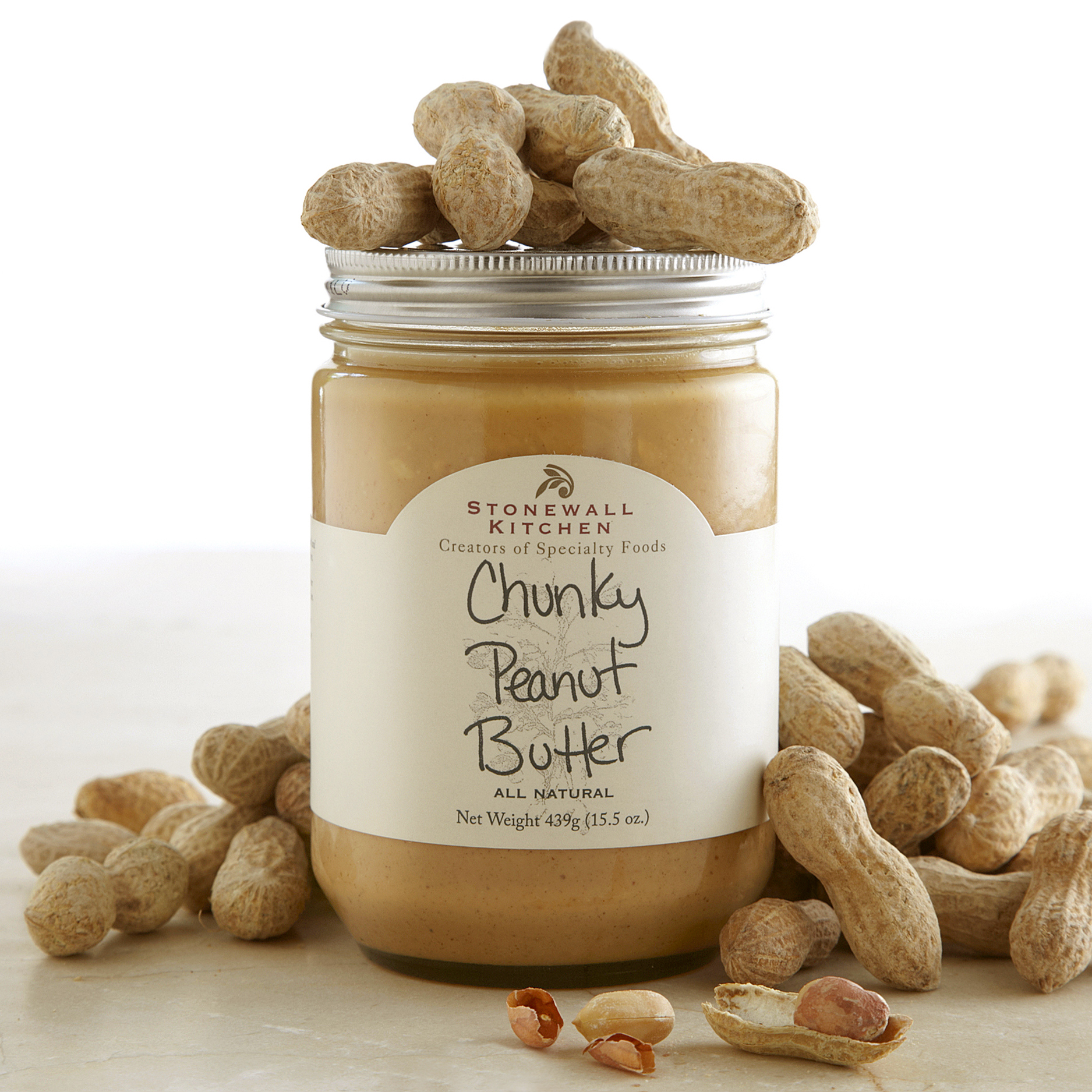 |
| Source: http://farm6.staticflickr.com/5345/7091536099_2f84345247_o.jpg |
And those are some essential food items you'll want to always be searching for at your local supermarket. Of course there are other food items you might want to buy and incorporate into your diet (like vegetables), but those are some of the staple foods that I personally always have on hand. Never have your kitchen absent of most of these items. You don't want to want to miss your macronutrient targets or, even worse, start winging your diet day to day and potentially destroying all of your hard work and discipline.
-Jtrain
------------------------------------------------------------------------------------------------------------------------------------------*Have a question about natural bodybuilding / fitness / nutrition / stress? Need some advice? Email me at jtrainfitness@gmail.com and I will answer it on this blog! Be sure to enter your email to receive alerts for when the next blog post has come out, and be sure to tell your friends about this blog! Follow me on twitter @jtrainfitness and tell your friends to do the same!*
------------------------------------------------------------------------------------------------------------------------------------------

